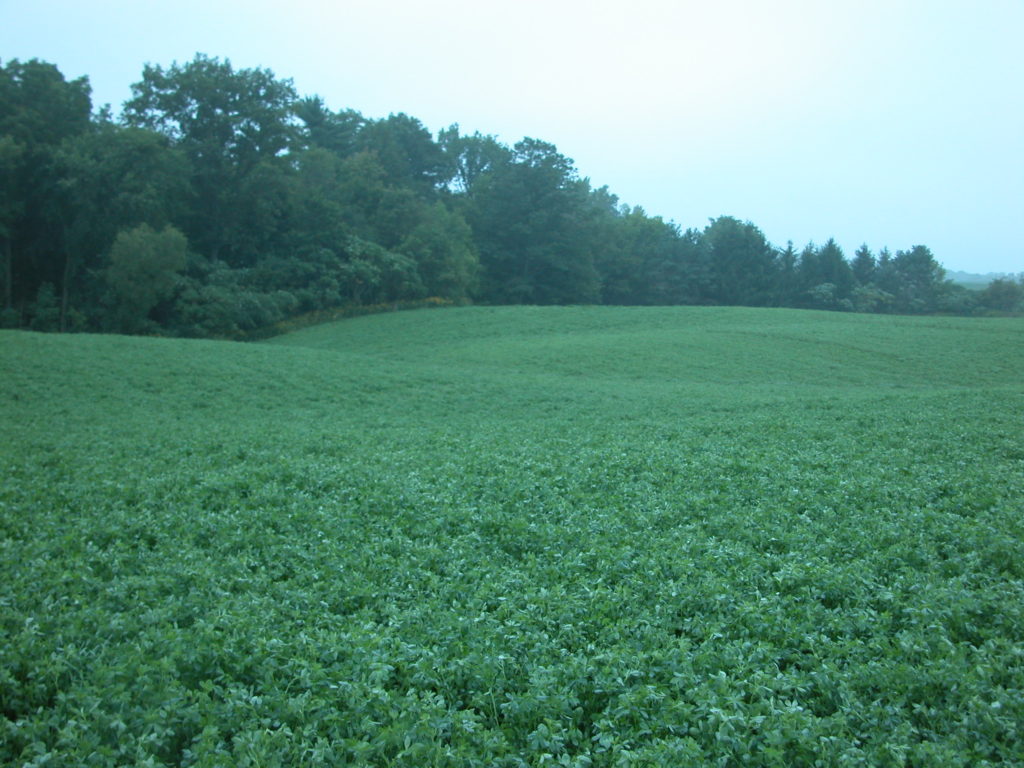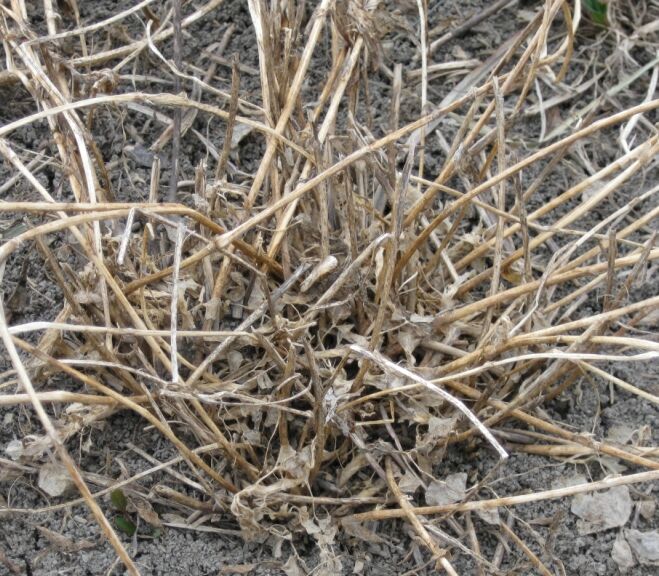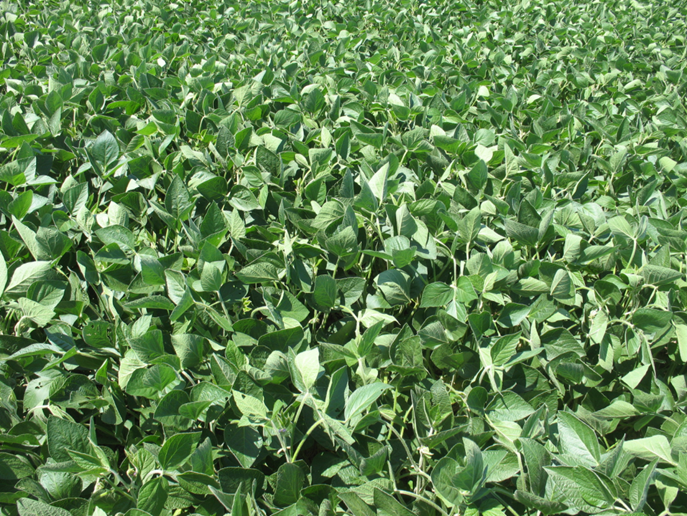General Guidelines for Scouting Alfalfa

Scouting is an important part of growing quality forage. Just like other field crops, scouting alfalfa helps growers stay ahead of emerging problems, correctly time harvests, and make better decisions when planning future crops. Plant counts should be done spring and fall (Table 1). These can be done when the alfalfa is dormant. The spring […]




